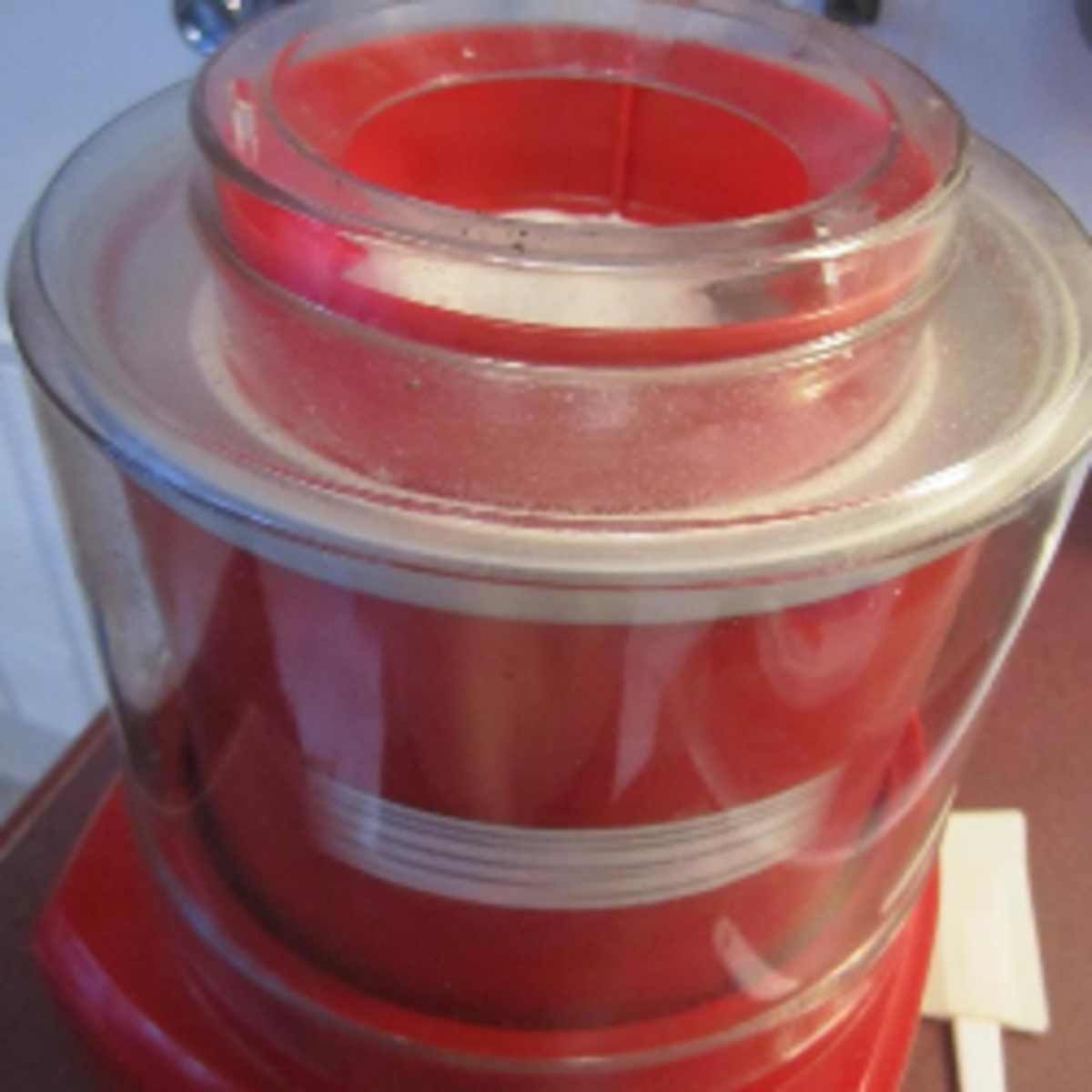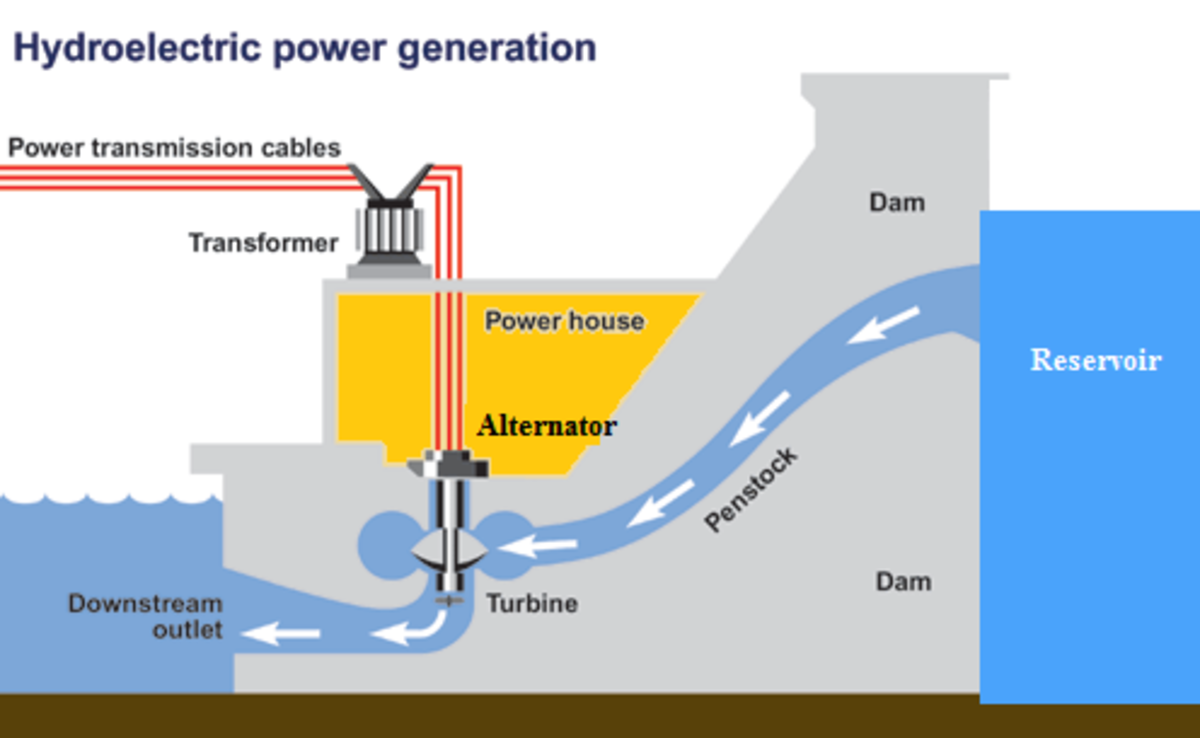Ice As A Building Material
Ice Dome
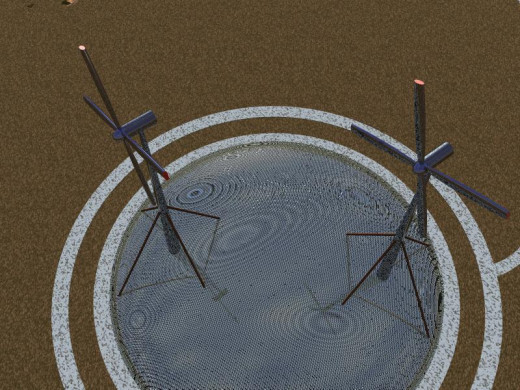
Sometimes, when we talk about a cheap item, we say it is 'dirt cheap'. Indeed, dirt is cheap, you can find dirt all over the place, and to obtain it, all you have to do is scoop it up with a shovel. It is possible to use dirt as a building material, making houses out of dirt bricks, and so on, but what is cheaper than dirt? In the quest for the cheapest building material, the answer may be: water. Of course, you can't build a house from water if the water is in it's liquid state. To make water into a practical building material, we have to freeze it, we have to turn it into ice, then we can build structures based on solid walls of ice.
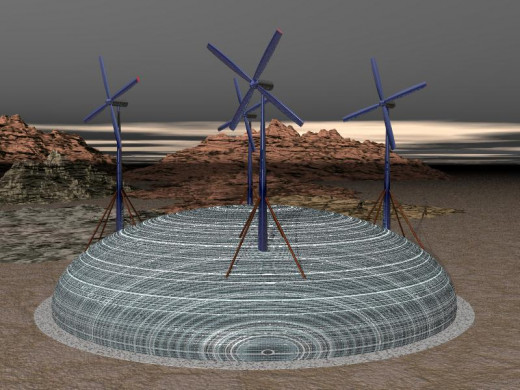
The illustration above shows a dome made of ice. The dome's structure is a thick layer of ice, with coolant pipes embedded in it. Coolant is constantly pumped through these pipes, to keep the ice frozen. Maintaining the coolant requires electricity. In the example shown above, the electricity needed to keep the dome frozen is supplied by windmills.

The illustration above shows the equipment needed for building a wall of ice. The coolant tube assembly is supported on a scaffolding, during construction of the wall. Molds placed on opposite sides of the coolant pipes are also supported by scaffolding. After the wall is frozen, the molds and scaffolding are removed, and they are taken to another location, where they will be used to construct a new section of wall.
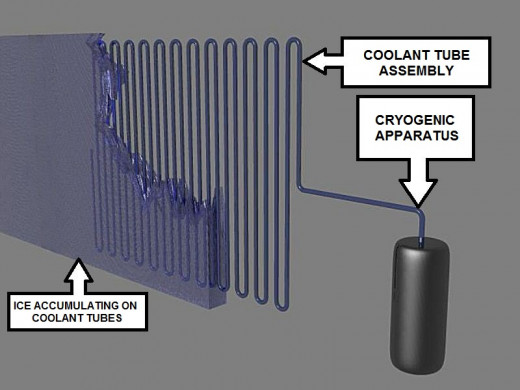
Above, another illustration of an ice wall. Ice-walled structures may include prisons, military bases, and storage warehouses.
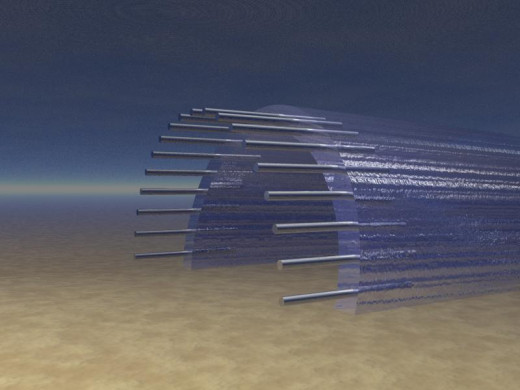
Suppose you need to build a tunnel at the bottom of a river. You may use ice as a building material for the tunnel. The ice would be frozen around an array of coolant pipes, as shown in the illustration above.
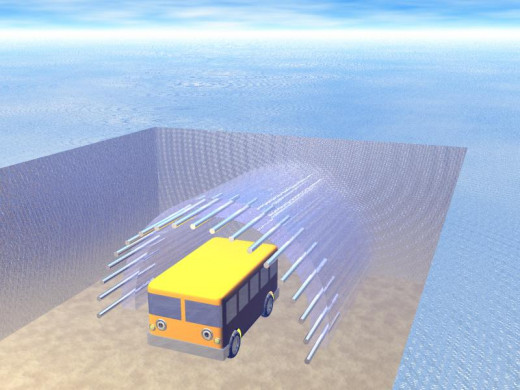
The illustration above shows that an ice tunnel would look like, it we could see it though a cut-away view of the river. An ice tunnel may be used as a temporary substitute for a bridge. Suppose a bridge that spans an important river is destroyed by an earthquake, or destroyed by enemy bombing during warfare, then, an ice tunnel may be a way to replace the bridge. The ice tunnel requires electricity to keep it frozen, this electricity would be provided by windmills and solar panels located on the banks of the river.

Above: Another view of an ice tunnel An ice tunnel may be used to carry traffic under a large body of water, such as a lake.

The illustration above shows some of the equipment needed to build an ice silo. Farmers have used many different types of silos, to store crops on their farms, including silos made of brick, concrete, wood or metal. An ice silo may be an alternative. The ice silo is made by setting up an array of coolant pipes, and pumping coolant through them. Water is allowed to freeze around the pipes, forming a silo that can be used for storage of grain, corn, or other crops. The electricity needed to keep the silo frozen would come from solar panels or windmills.

Above: An illustration of a partially completed ice silo, showing the accumulation of ice around the base of the coolant tubes.
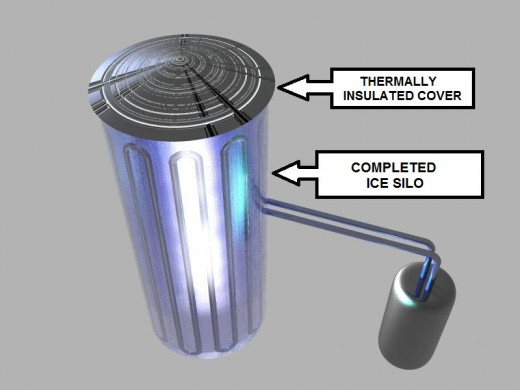
The illustration above shows the completed ice silo. A thermally insulated cap has been placed on the top of the silo.
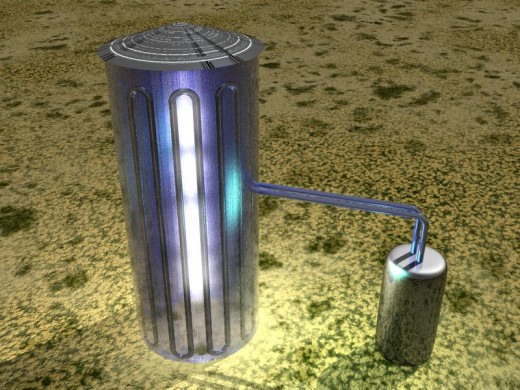
The illustration above shows how the completed ice silo would look, on a farm.




